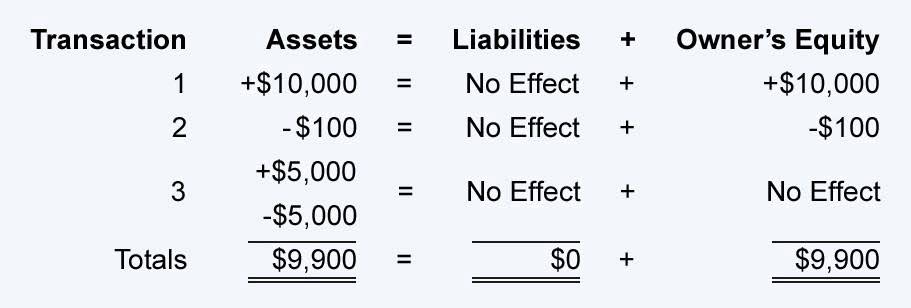
Additionally, consider establishing clear procedures for managing retainer balances, including consistent communication with clients about their remaining funds. Revamping your law firm’s accounts receivable management strategy is the first step to improving collections and saving time. Finding an efficient payment solution can help your law firm maximize time and minimize mistakes. Continuously evaluate and improve your tactics to keep your accounts receivable collections procedures efficient. Accounts receivable keep a record of all pending invoices a company has with its customers. It stands as a vital element in a firm’s working capital and cash flow management.
Clear Communication
- By demystifying the billing process, you build trust and encourage timely payments.
- However, keeping track of invoices and collecting payments in a timely manner can be challenging without the right tools.
- If your firm bills on a predictable basis, such as the first of every month, then clients know when to expect them.
- To prevent these issues, businesses should adopt accounts receivable management best practices.
- Visit jpmorgan.com/commercial-banking/legal-disclaimer for disclosures and disclaimers related to this content.
- Managing and collecting unpaid bills from customers is called accounts receivable collection.
Clio’s 2022 Legal Trends Report found that offering multiple payment options is the fourth-highest-ranking factor for law firm hireability. An estimated 70% of clients want the option to pay via a payment plan, 65% want the option of legal insurance, and 53% want the opportunity to crowdfund their legal bills. A powerful online legal billing and payments solution prevents you from deciding between doing client work right now or making sure you get paid for work already completed.
- A credit risk monitoring system can warn you if a customer’s payment habits change.
- Understanding profitability isn’t just about looking at the revenue minus expenses equation.
- By automating key tasks, setting clear credit policies, and tracking AR performance, you can improve cash flow and reduce overdue invoices.
- That’s why you need a well-organized law firm accounts receivable process.
- You can focus on your core competencies instead of following up with clients.
- Regular review and adjustment of these strategies ensure continuous improvement in accounts receivable management, ultimately contributing to the firm’s financial stability and growth potential.
Inefficient Collections Processes
Managing and collecting unpaid bills from customers is called accounts receivable collection. This process is important because it helps your company stay financially stable and run smoothly. When customers pay on time, your business can cover its expenses without trouble. Even when businesses talk to customers often, late payments are still a big problem.
Begin the Process as Early as Possible

Without follow-ups, the customer might forget about the payment, leading to unnecessary delays. Consider using accounts receivable software that allows you to automatically attach invoices and customer statements to every reminder. Regularly review your policies, track key metrics, and adjust your strategies based on what’s working and what’s not.
Glossary of Key Terms in Accounts Receivable
It begins with checking if customers are good for credit and ends with dealing with any bad debts. Accounts Receivable (AR) Management is the strategic practice of securing client payments within an established period of time. For firms engaged in product and service sales, AR management is vital for accurately tracking and overseeing each stage of the payment collecting process following customer purchases. Implementing efficient invoice management systems can lead to improved cash flow and a higher accounts receivable turnover ratio, indicating that customers are law firm accounts receivable management paying promptly. Billing your clients on a monthly basis might be useful when it comes to accounts receivable processes and procedures. It will assist to enhance the budget and encourage clients to pay on time.

Company B, a service-based business, faced challenges with collections as customers frequently forgot to make payments on time. They integrated a collections software solution into their accounting system, which automatically sent payment reminders to customers before the due dates. This proactive approach significantly improved their collections rate and reduced the number of overdue accounts. Accounting software with accounts receivable (AR) functionality Accounting Security provides comprehensive features for managing the entire accounts receivable process.

This could be via check, wire transfer, electronic funds transfer, or other means of electronic money transfer. The cost that a company incurs when it cannot collect money owed to it by customers who have become delinquent or defaulted. The terms and conditions under which credit will be extended to a customer, including the repayment terms, interest charges, and types of credit.
Get The Latest Subscription Now
Ensure your customers acknowledge and accept the payment terms, either physically or digitally, before starting any work or delivering goods. Firmly communicate that this behavior is unacceptable and establish a concrete payment date. If the customer persists in delaying payments, you may need to reassess your relationship or the payment terms you extend accounting to them. Develop a dispute resolution process to handle such issues promptly without delaying payment.